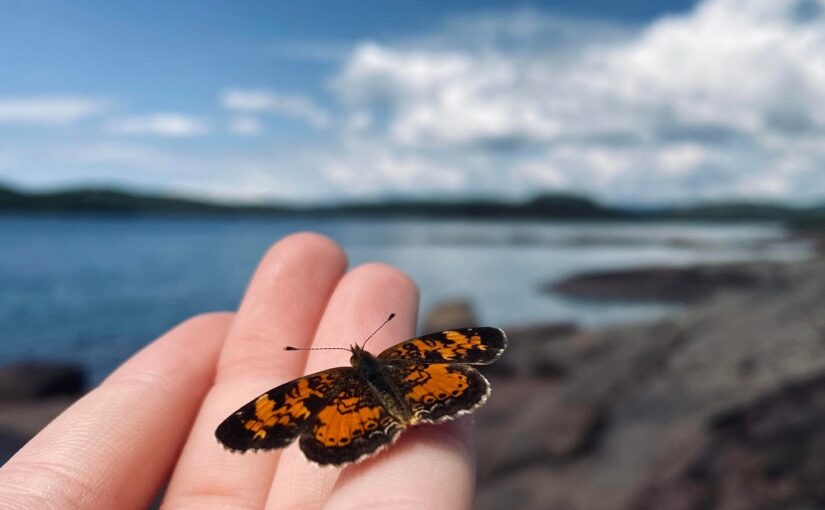In today’s post, Neys Provincial Park Discovery staff Jessie Pleasance helps us gain some identifying skills.
Summer’s in full swing, so it’s time to brush up on your nature detective sleuthing skills!
Responsible sleuthing
Learning to track and detect wildlife is a privilege, so the first thing you need to know is how to respect the habitats you’re in, which will help us preserve the ecological integrity of our park’s various ecosystems.
Always respect wildlife by being as non-intrusive as possible. In other words, try your best to leave the ecosystem just as you have found it. This means things like not picking any flowers (as beautiful as they may be), not permanently moving any sticks or rocks, and especially not littering.
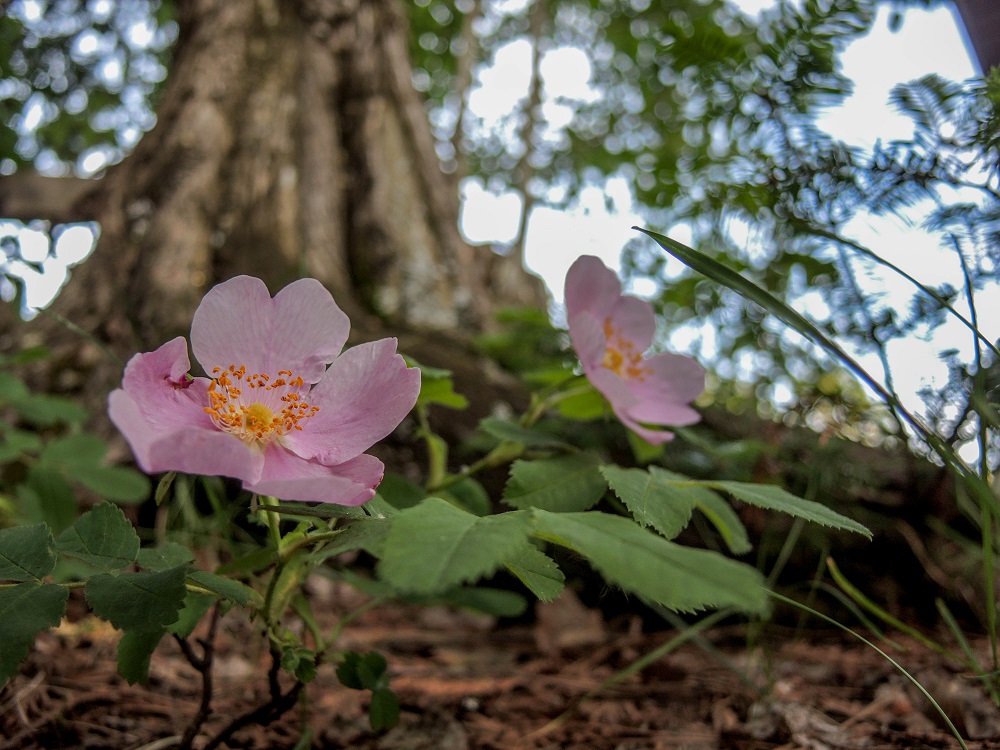
Remember to practice “leave no trace,” and if you wouldn’t do it in your own home, please do not do it to the homes of our precious parks’ flora and fauna.
Another thing to know is where you can find various flora and fauna.
In the city, you may have a hard time finding different species to detect and track. Ontario Parks, however, provides a vast variety of ecosystems and habitats to explore and detect.
Gearing up
Once you strap on your hiking boots and a can-do attitude, there is just one more thing you may need before you venture off: a guide book!
Guide books are a great resource to pack and bring along with you. You can store one in your backpack for easy access during a hike.
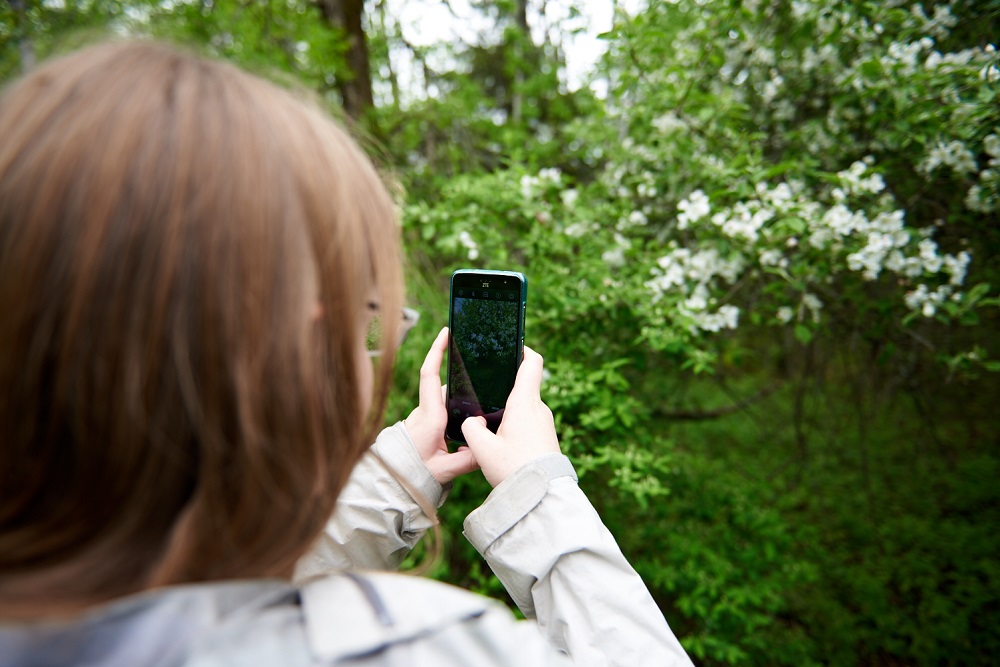
iNaturalist is a great app to help you during your investigations in case you find something you’re not able to identify. If you snap a photo of your findings, you can post it for professional naturalists to identify for you. Whether within seconds or a couple of days, you should have answers.
Learn more about using iNaturalist.
Detecting flora
Plants don’t leave the same kinds of traces behind that animals do, so first you have to stumble across a plant.
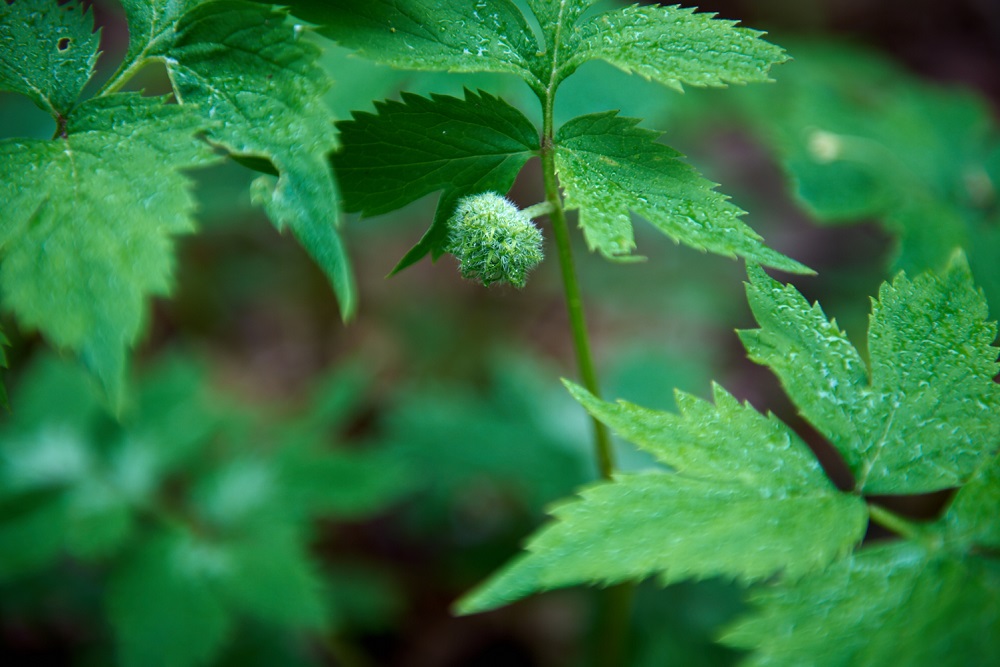
Once you find a plant, you’ll need to know how to identify it. Below are some basic characteristics to help you get an accurate identification.
Questions to consider
- What kind of plant is it? Is it a shrub? A tree?
- How many petals does it have?
- How many leaves? (This one can be very helpful in identifying poisonous plants such as poison ivy. Remember, leaves of three, leave it be!)
- What shape are the leaves? Palm, heart, round, or maybe even needles? This may help you to rule out evergreen trees if the leaves aren’t needles, or narrow it down if they are!
- Are the veins of the leaves netlike or parallel?
- Are the leaves in a simple pattern or a compound pattern?
- Are the edges of the leaves smooth, toothed, or lobed?
- Is the arrangement of the stem alternate, opposite, or whorled?
- What is the location of the plant? Plants differ from location to location, so it’s important to note where you have spotted your find. A plant found in southern Ontario may not be found in northern Ontario and vice versa
- What month are you seeing the plant? Knowing the blooming time of a plant is helpful in determining what you may be looking at
These are just a few questions to help get you started on your plant identification journey.
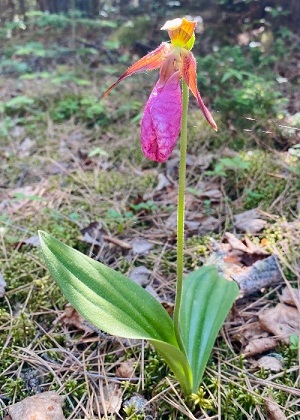
Let’s take the Pink Lady’s Slipper for example.
This flower already has so many unique characteristics that make it super simple to identify. It has two large basal leaves, growing up to 20 cm long, has lots of veins, and are elliptical in shape.
The inflated lip of the flower (the slipper part) is about 3-6 cm long and is typically darkish pink in colour, but this can vary.
If you’re lucky enough to come across one of these beautiful flowers, be extra careful not to disturb it.
Only about 2% of Pink Lady’s Slippers actually get pollinated as bees recognize that there’s no nectar reward for them.
Pink Lady’s Slippers also take a very long time to have their first bloom — about nine years!
Detecting fauna
Summer’s the best time to explore some of the different traces that many species leave behind.
For example:
Tracks
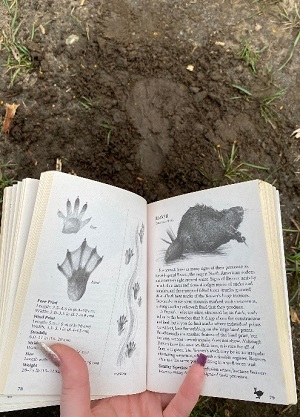
First thing’s first: are the tracks BIG or small?
Once you know the approximate size of the track, you’re able to rule out a number of species.
Look for whether the tracks are hooved or in a paw shape.
If the track is hooved then you can be certain that the animal you are tracking is an ungulate like a moose or deer.
After that, you can narrow your searches down by looking at the specific shape of the print and number of toes on it.
Scat
One trace that’s almost impossible to miss is animal scat!
You heard me: poop.
Scat traces can tell us a lot about what sorts of animals have been in the area, and approximately when, as well as what they may have been snacking on.
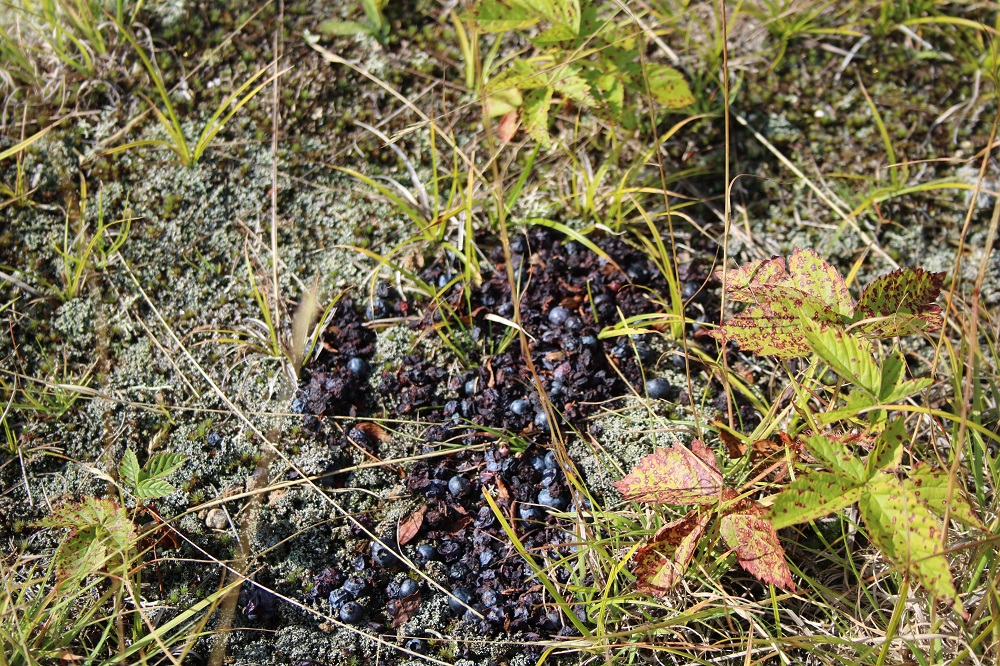
Pay close attention to the size and shape of the scat.
If you come across something that looks a little like chocolate covered almonds — don’t eat it! Looks can be deceiving…
What’s that sound?
If you listen closely enough, often times nature tells you who its inhabitants are.
Many birds can be heard singing throughout the day, so listen closely! The White-throated Sparrow sings “Dear sweet Canada, Canada, Canada”, while a Black-capped Chickadee sings “Here sweetie, here sweetie” or “Chicka-dee-dee-dee.”
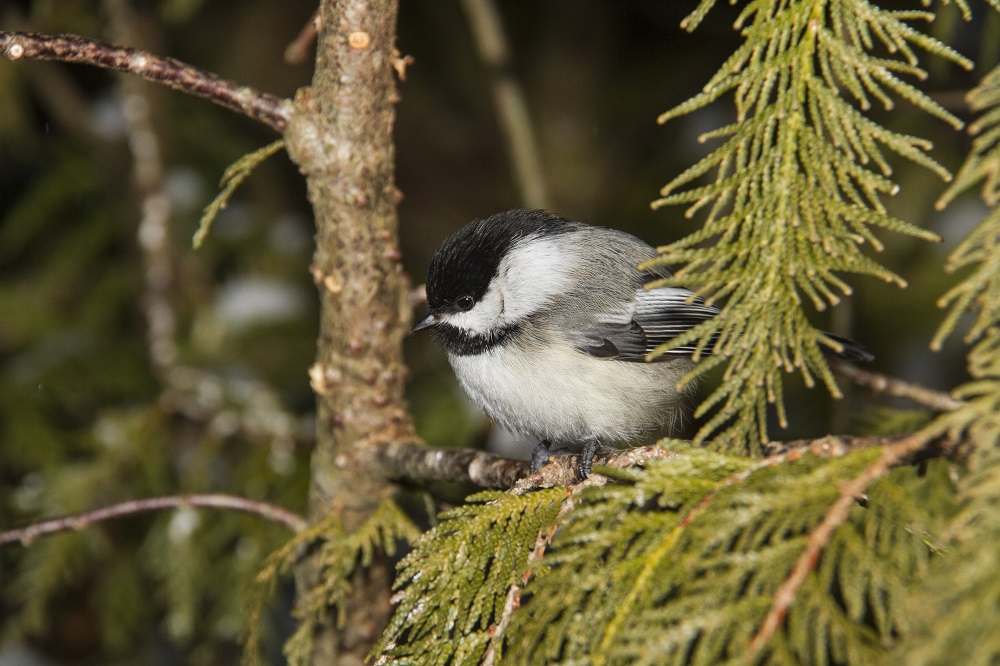
Many amphibians like frogs can be heard bellowing throughout the day and evening too!
Different frogs (and toads) actually have different calls? Not all frogs and toads make the well-known “ribbit” sound!
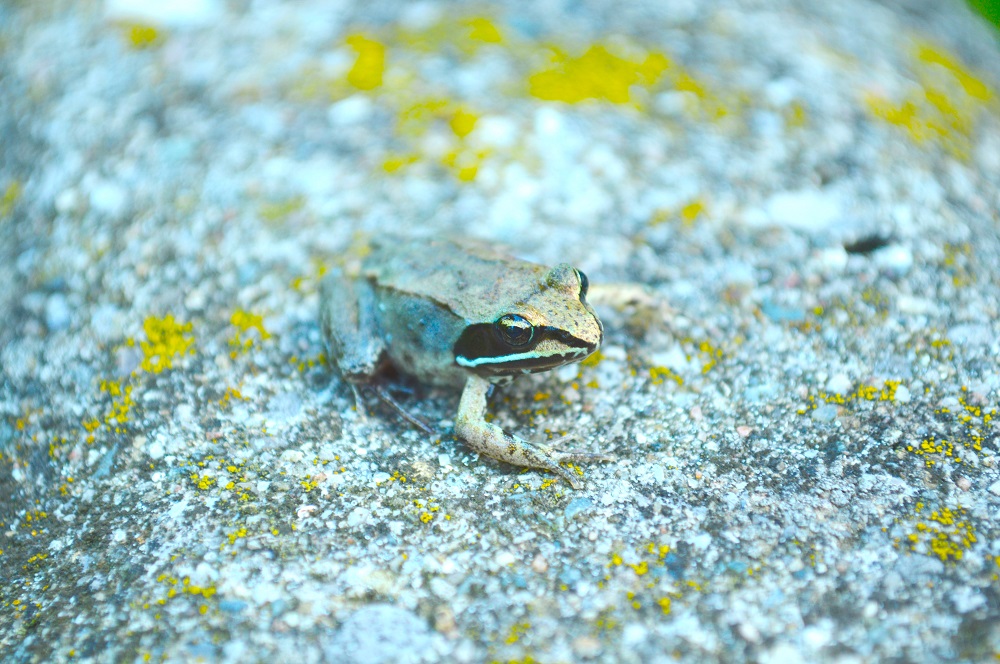
For example, a Bullfrog often uses a deep tone to almost growl the sound “jug-o-rum, jug-o-rum.” A Wood Frog makes a low, quick quacking sound like a duck.
A Spring Peeper makes a high-pitched “peep, peep, peep” sound.
These sounds are easy to replicate, so give them a try!
Spot the signs
Some animals may leave behind traces other than scat and tracks.
If you see a tree that looks like it’s been clawed through, that can be an indicator that a bear was once in the area, searching for some insects as a snack. If you see some fur stuck in a tree, it’s likely that a bear found its new favourite scratching post!
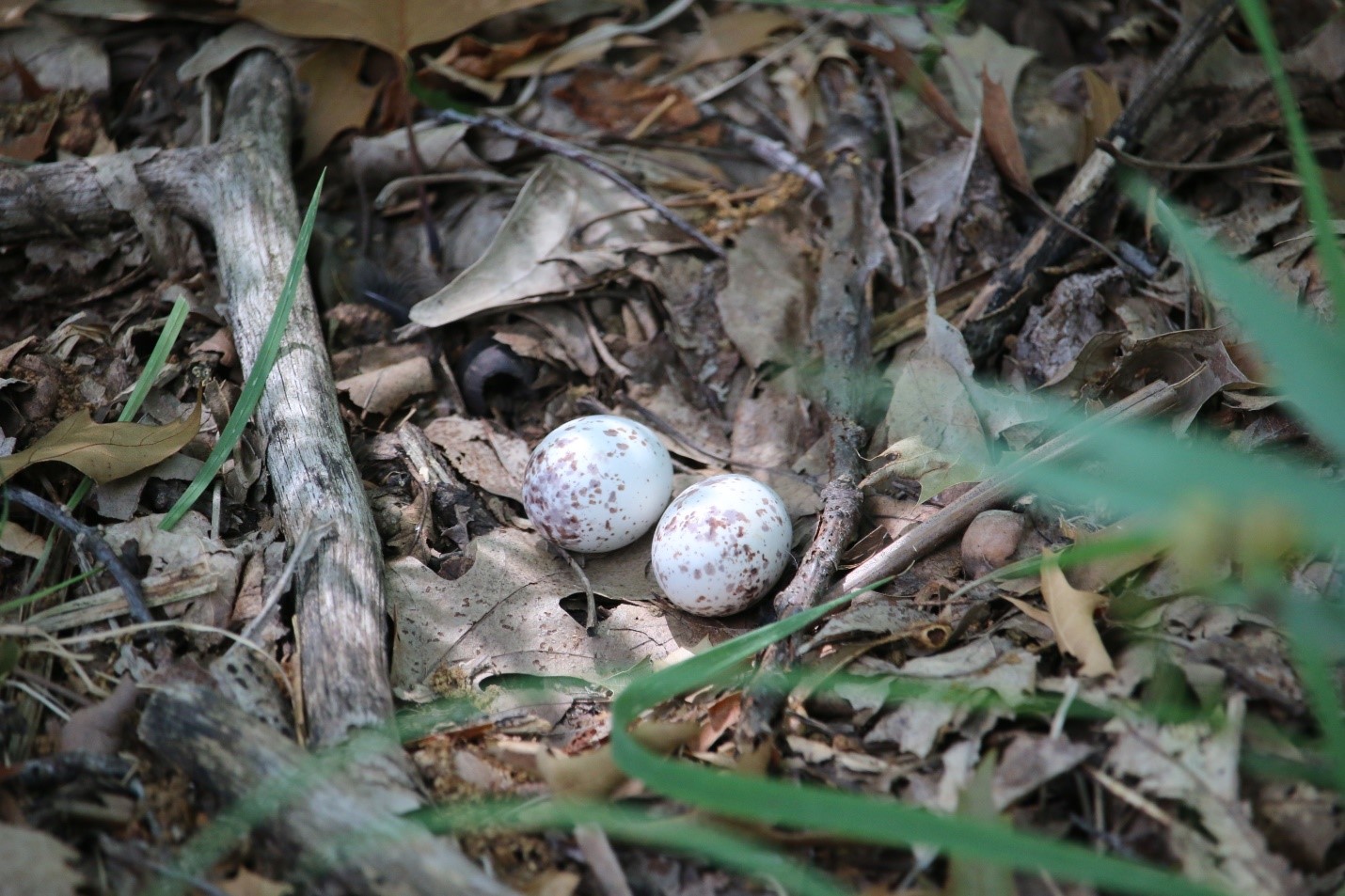
Birds may leave behind feathers. If you happen to spot eggshell remnants at the bottom of a tree, a nest could be nearby.
Some wildlife can be found right beneath your nose! Many species like butterflies camouflage into their surroundings to avoid predators, but if you’re patient something amazing happens…

Remember: when tracking wildlife, look HIGH and LOW, and you’ll notice indicators everywhere!
Most importantly: have fun!
Now that you know some basics, you can get started on your adventures!
Being a nature detective is about much more than your identification skills. If you’ve got a passion for nature and are willing to learn, then you’re already there!
Now get out and make some new discoveries!
